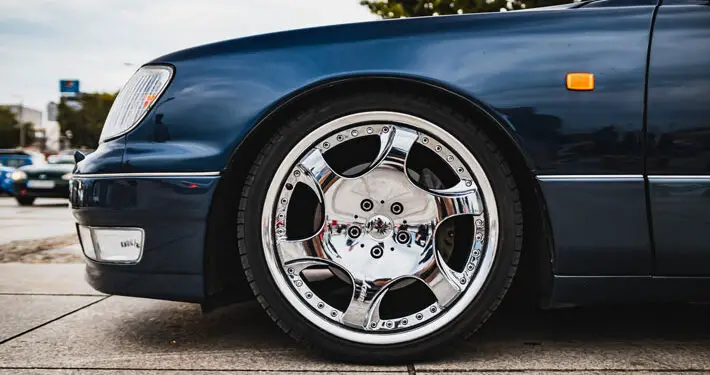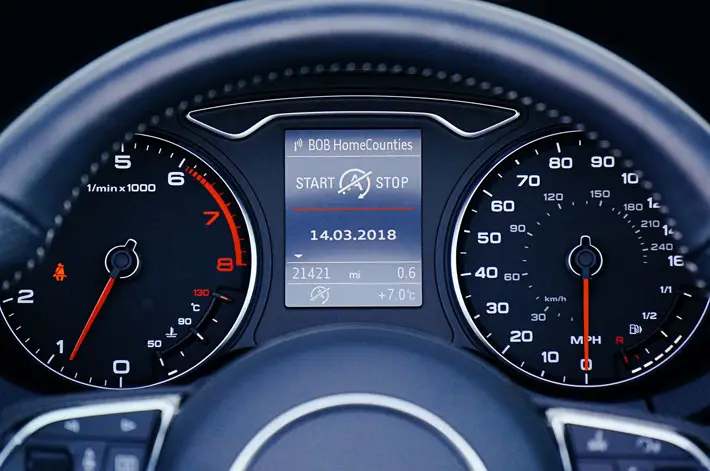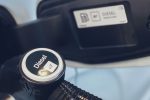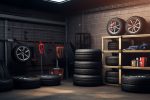How to Test Drive and Inspect a Used Car

Testing a used car can be a very stressful and difficult time. For one, you don’t know what underlying problems the car might have, and there’s always that suspicion that the dealer or previous owner might be trying to pull one over on you.
Though an in-depth car buying guide will help you here, we’ve compiled 5 tips on how to test drive a used car. Let’s get to it!
1. Walk Around the Car
It seems obvious, but the first thing to do is take a walk around the perimeter of the vehicle and look for any dents, scratches, or visual problems that the current owner/dealer might not have mentioned beforehand.
Has the car been keyed or bumped into? Do the wheels and tyres appear to be in good condition? Are the wing mirror covers intact? These are minor details, but all of these aesthetic problems can affect the price and driving experience.
2. Check the Electronics Are Working
Before you set off anywhere, make sure you check the electronics of the vehicle extensively. This is crucial because people often overlook the electronics and just assume that they will work – there are often minor problems that you’re not privy to until you buy the used car.
When you turn on the engine, check that all the warning lights display on the dashboard to indicate that they’re working normally. Then, check the controls for the radio, speakers, headlights, fog lights, full beams, indicators, hazards, electronic windows, and anything else you can think of.
3. Adjust the Seat and Driving Position
If you’re unlucky enough to be born outside the “average” body frame, then you’ve got to worry about your driving position. A comfortable driving position will assist you whether you are experienced or looking to pass your DVSA test.
If you’re tall, make sure that you can move the seat back far enough to get your legs into position comfortably. If you’re short, make sure you can reach the pedals properly from the driver’s seat.
If you’ve got back problems or mobility issues, you might want to check that the seat is comfortable and has the correct lumbar support and ergonomics for you – there’s no point in buying a used car if it’s going to lead to chronic back pain.
Furthermore, you need to check how easy it is for you to access the gear stick, turn the steering wheel, and perform other basic functions while seated. If you’re on the broader or larger side, some seats may be too cramped for you to drive the used car safely and comfortably.
4. Drive in Multiple Gears
The clutch is one of the first things to cause a problem on many used cars, so be sure to put the vehicle through its paces on the road. Use multiple gears (safely) on the roads, testing the clutch and the acceleration of the car in different gears.
Depending on the performance and age of the car, you might have to drive in higher or lower gears than you’re used to with your current vehicle. Make sure you get a feel for the pull of the car in different gears.
5. Use Different Types of Roads
When test driving a used car, be sure to take it on different types of roads.
If you’re in a residential 30mph or 20mph area at first, ask if you can take the vehicle on an A road or motorway so you can get the car up to 60mph or 70mph and see how it performs at higher speeds.
Older used cars often perform poorly on motorways and A roads, so it’s essential to try them out in different driving scenarios and speed limits.
We hope you enjoyed these 5 tips for driving and testing a used car. Good luck with your search!










